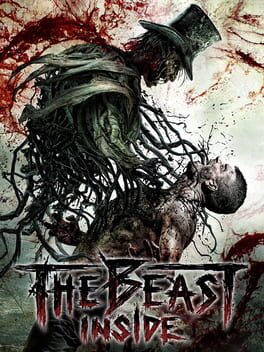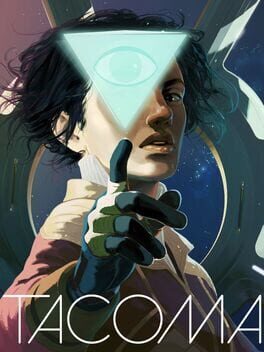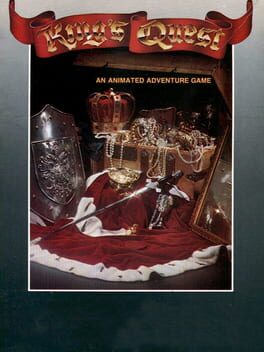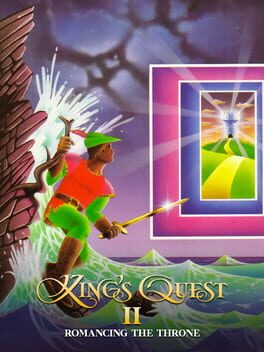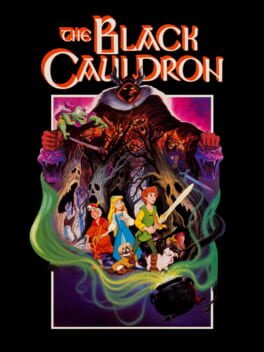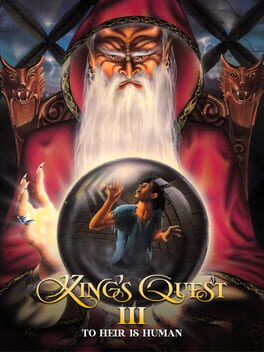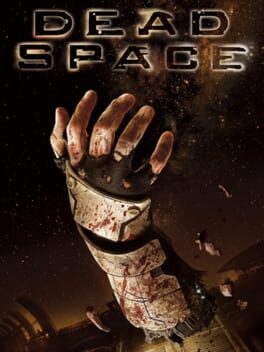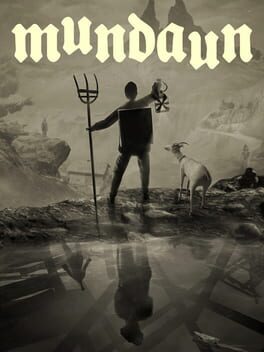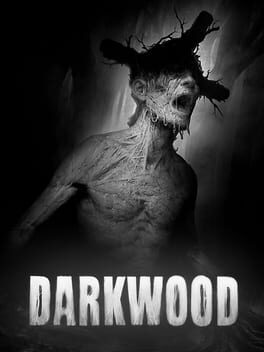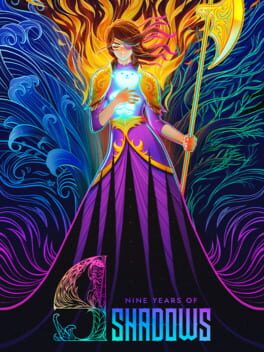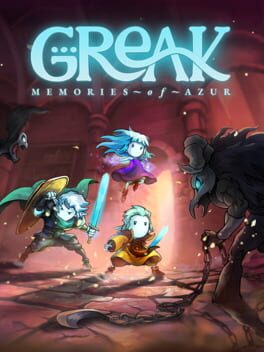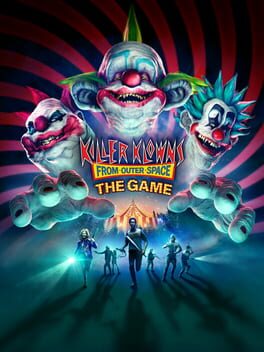ImaginaryVoices
2 reviews liked by ImaginaryVoices
The Beast Inside
2019
Ever since Penumbra and especially its successor Amnesia hit the PC gaming scene in the latter half of the 2000s, the first person "hold lantern, hide from monsters and pull drawers, occasionally run away" psychological horror genre has become so saturated that you can reverse image search a screenshot of any given one of them and watch as the search engine gets confused trying the impossible task to tell them apart. Even Resident Evil copied the formula to an extent with 7 and 8, and just how much good that did to the franchise is up for debate.
The Beast Inside deviates very little from the recipe, aside from the fact it offers a dual protagonist: Adam, a CIA codebreaker in the late 1970s and Nicolas, a troubled man living a hundred years in the past. The story it tells is intriguing enough, even if the twist is far from impossible to figure out. There is some above average writing on offer, though the incessant swearing of the present day protagonist comes off as jarring and juvenile and the voice acting unfortunately does little to properly convey what the writer did right. This is voice work done on a kickstarter budget, and it shows, despite not being by any means inadmissible, it's nothing more than functional, with characters in dire situations reacting in neutral tones that betray a poorly annotated script that didn't properly direct the actors in the recording booth.
A tip for anyone who seeks to embark on a project like this: if you write the emotion the character is feeling next to each line of dialogue in your script you'll be able to get so much more out of your voice actors. You'll definitely avoid ending up with a scene where someone rips a beating heart out of someone's chest and offers it to the protagonist, who reacts sounding like they just lost the TV remote under a couch cushion.
Of the two gameplay segments, the 19th century one is your standard no frills Amnesia clone, while the other spices things up a little with a decent number of Frogwares-style puzzles that wouldn't feel out of place in one of their Sherlock Holmes game, if not for being anachronistic. A couple standout examples involve following instructions to operate a 1940s enigma machine and investigating a room looking for hidden pieces of a code. it's good stuff, and the rest of the game leaves you wanting more of that and less of what remains, which are disconcertingly poor action adventure sequences that drag the production down. You have a horrid though mercifully brief sequence in which you are given a revolver and a comically excessive amount of ammunition and made to stumble though thick fog, bumping into map boundaries as you try to follow lamps to a destination (which is a dreadful boss fight), after which the gun is taken away from you for good.
You also have far too many trial and error Outlast-inspired escape sequences where you die immediately when caught; you have exploration sections with nothing but jumpscares trying to startle you and failing most of the time, partly because they are so trite and telegraphed you can count down to each one and be right more often than not, and also because they self-sabotage by having the player constaly scavenging for matches and lantern oil, meaning you'll often be looking at a chest of drawers when a scare is happening off screen. There's the obligatory "don't step in the water" segment that Amnesia clones copied to no end, there are climbing and platforming segments that don't quite work and stealth bits with enemy patterns that are either too simple or too frustratingly random to be satisfying.
The Beast Inside wears its influence on its sleeve, actually both sleeves and both pants too: as such it is a drop in the ocean in a genre that is so tired it needs to be put to bed for good. It's not a terrible game, but far better ones exist, and what little it does to differentiate itself isn't enough to recommend it to anyone other than the most hardcore of Anmesia fanatics, assuming such people even exist.
The Beast Inside deviates very little from the recipe, aside from the fact it offers a dual protagonist: Adam, a CIA codebreaker in the late 1970s and Nicolas, a troubled man living a hundred years in the past. The story it tells is intriguing enough, even if the twist is far from impossible to figure out. There is some above average writing on offer, though the incessant swearing of the present day protagonist comes off as jarring and juvenile and the voice acting unfortunately does little to properly convey what the writer did right. This is voice work done on a kickstarter budget, and it shows, despite not being by any means inadmissible, it's nothing more than functional, with characters in dire situations reacting in neutral tones that betray a poorly annotated script that didn't properly direct the actors in the recording booth.
A tip for anyone who seeks to embark on a project like this: if you write the emotion the character is feeling next to each line of dialogue in your script you'll be able to get so much more out of your voice actors. You'll definitely avoid ending up with a scene where someone rips a beating heart out of someone's chest and offers it to the protagonist, who reacts sounding like they just lost the TV remote under a couch cushion.
Of the two gameplay segments, the 19th century one is your standard no frills Amnesia clone, while the other spices things up a little with a decent number of Frogwares-style puzzles that wouldn't feel out of place in one of their Sherlock Holmes game, if not for being anachronistic. A couple standout examples involve following instructions to operate a 1940s enigma machine and investigating a room looking for hidden pieces of a code. it's good stuff, and the rest of the game leaves you wanting more of that and less of what remains, which are disconcertingly poor action adventure sequences that drag the production down. You have a horrid though mercifully brief sequence in which you are given a revolver and a comically excessive amount of ammunition and made to stumble though thick fog, bumping into map boundaries as you try to follow lamps to a destination (which is a dreadful boss fight), after which the gun is taken away from you for good.
You also have far too many trial and error Outlast-inspired escape sequences where you die immediately when caught; you have exploration sections with nothing but jumpscares trying to startle you and failing most of the time, partly because they are so trite and telegraphed you can count down to each one and be right more often than not, and also because they self-sabotage by having the player constaly scavenging for matches and lantern oil, meaning you'll often be looking at a chest of drawers when a scare is happening off screen. There's the obligatory "don't step in the water" segment that Amnesia clones copied to no end, there are climbing and platforming segments that don't quite work and stealth bits with enemy patterns that are either too simple or too frustratingly random to be satisfying.
The Beast Inside wears its influence on its sleeve, actually both sleeves and both pants too: as such it is a drop in the ocean in a genre that is so tired it needs to be put to bed for good. It's not a terrible game, but far better ones exist, and what little it does to differentiate itself isn't enough to recommend it to anyone other than the most hardcore of Anmesia fanatics, assuming such people even exist.
Tacoma
2017
I love this game and its characters a lot. It shows how well you can employ two narrative devices that are usually subpar: cutscenes and experiencing something from the past. What a great journey, and something rare for lonely space stories happens: you get to go home with a good feeling, and I appreciate that. In the end, it was always about the people.
